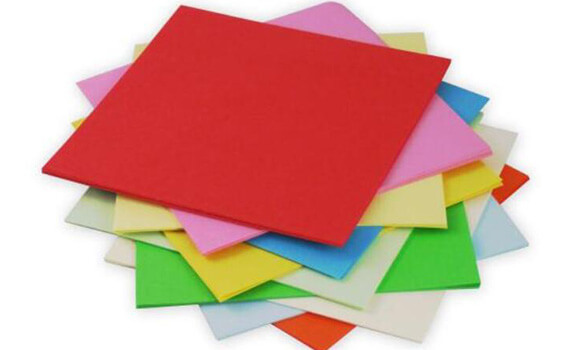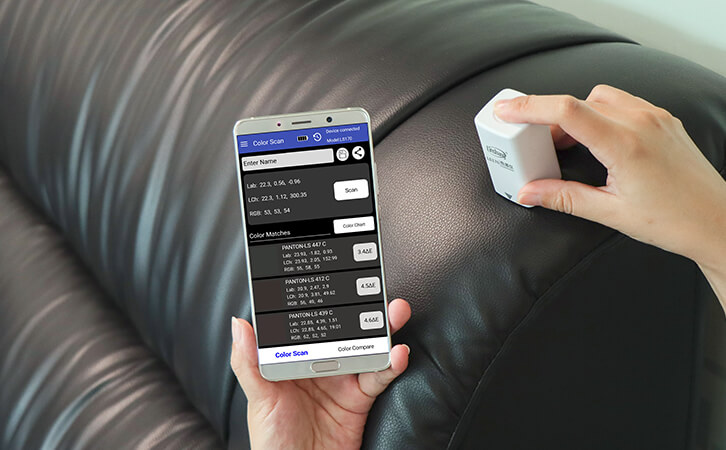Colorimeter Used in the Paper Toning Industry
If you want to make the sample color achieve the standard, you need to add some coloring material to the pulp to dye it. However, differences in dye formulations or other factors may lead to unsatisfactory paper dyeing results. In order to control the color quality of paper, portable colorimeter can be used to detect it.
1. Paper dyeing and toning to achieve standard color
In the process of paper production, several basic colors are often used to make the paper show different colors. In order to make the paper color achieve the standard, a certain mixed spot color pigment is usually added to the pulp or applied to the paper surface. This process is called dyeing, which refers to adding certain colorants to the pulp or paper to make the paper selective. Dyeing is for colored paper.
The pulp has a yellowish to off-white color, even after bleaching, some dyes (such as royal blue, lake blue, etc.) are often added to the pulp, which is complementary to the corresponding light orange, light yellow or orange yellow in the bleached pulp. This method is called toning or whitening. For whiter pulp, some fluorescent whitening agents are often added to improve the brightness of the paper. It can also play a role in whitening.

The paper dyeing process can be traced back to ancient Chinese papermaking. Traditional Chinese hand-dyed paper is generally used to color finished paper. The simpler method is to immerse the paper in a colored solution and then dry it to make colored paper. However, with the continuous development of paper dyeing technology, there has been pulp dyeing. The first patent for the paper dyeing process was licensed in the United Kingdom in 1691. As early as the 18th century, Prussian blue and ultramarine blue were generally used to dye paper in candy wrappers. After the emergence of aniline violet in 1856, it was soon used for dyeing in paper pulp with many other synthetic dyes that appeared later, but the paper dyeing at that time was dyed using the batch method. Nowadays, high-speed and ultra-high-speed paper machines are constantly appearing, the pulp mixing and pulp supply system is more complicated. The pursuit of paper appearance is getting higher and higher. And the application fields of colored paper are getting wider and wider. A professional portable colorimeter measures the chromaticity of colored paper.
2. Portable Colorimeter used in paper dyeing and color matching

The three primary colors for paper dyeing are red, yellow and blue. The three primary colors are formulated in different proportions to obtain intermediate colors or radiation of different colors. Intermediate colors are a mixture of two primary colors, such as red and yellow mixed orange, red and blue mixed called purple. The compound color is formed by mixing two inter-colors, such as orange and green will become orange and even green. To get the desired hue, you need to match colors. However, due to the difference in the performance of the basic coloring materials used for dyeing, it will cause a difference in the paper color after coloring. In order to ensure that the paper color produced meets the needs of customers, it is necessary to produce paper samples and confirm the color with the customer.
In the production process of paper, although the color can be evaluated intuitively by visual inspection. But due to the subjective factors of the tester and the environment, the error is large. When detecting paper using colorimeter, the color difference can be controlled within the visual range. The evaluation of color fastness level, the measurement of whiteness, the determination of the sample color can also be carried out, thereby preventing and controlling the color difference of the paper.
As a kind of analytical testing instrument, the LS171 colorimeter is widely used in papermaking, coating, textile, food and other fields. It can not only judge the characteristics of raw materials and products for acceptance and quality control, but also can be used as an important tool for product development and process improvement.